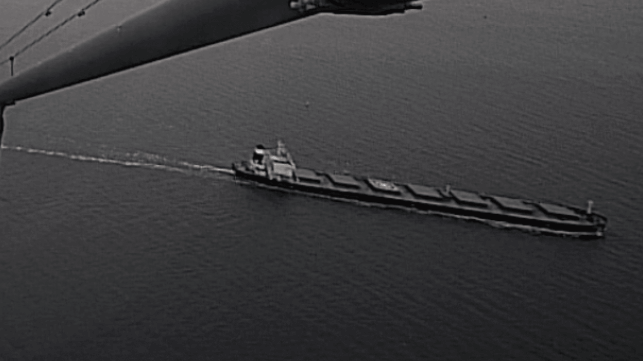Bulker Accused of Cutting Baltic Cables May Have Tried Once Before
Suspicious Activities of Chinese Bulker Yi Peng 3 in the Baltic Sea: Concerns and Investigations

Recent investigations have raised serious concerns about the actions of the Chinese bulk carrier Yi Peng 3 in the Baltic Sea. European authorities believe that this ship may have deliberately damaged two subsea cables in the Baltic Sea last month. This incident is thought to be connected to Russian intelligence operations. Further investigation showed that the Yi Peng 3 may have also tried to damage three more subsea cables in the Kattegat region, just days before the incident in the Baltic Sea. These actions could have serious consequences for regional security and international relations.
Strange Behavior in the Baltic Sea
On November 17 and 18, two submarine cables off the coast of Sweden were suddenly cut. Swedish authorities quickly checked the Automatic Identification System (AIS) data for Yi Peng 3. The data showed that the ship was moving strangely in the area around the damaged cables. Photos of the ship’s bow showed a twisted anchor, which suggested that the ship might have been involved in cutting the cables. Also, when a Remote Operated Vehicle (ROV) inspected the cable sites, it found clear signs that the ship had dragged its anchor along the sea floor, further suggesting its involvement in the incident.
Since the cables were cut, Yi Peng 3 has been anchored just outside Denmark’s territorial waters. Danish and German naval ships have been watching it closely, but no one has boarded the ship because it is in international waters, and China, the country that owns the ship, has not allowed any intervention. This situation raises concerns about whether the ship was involved in espionage or sabotage.
Iron Bull’ removes sub-surface objects that could obstruct cable-laying
Investigations in the Kattegat Region
Before the Baltic Sea incident, the Yi Peng 3 also acted suspiciously in the Kattegat region. On November 7, the ship slowed down and stopped while passing over three subsea cables. This was unusual because there was no clear reason for a commercial ship like Yi Peng 3 to stop in that specific location.
To find out more, Danish news outlets TV2, along with TV4 and Nordic Defense Analysis, examined the AIS data for Yi Peng 3. They found that the ship stopped right above the cables. To further investigate, TV2 hired BluEye Robotics, a company that uses mini-ROVs, to inspect the area. The ROV found a long dragline and a deep impression that looked like an anchor had been dropped. The location and direction of the dragline matched the course of Yi Peng 3 from November 7. Jens Wenzel Kristoffersen, an analyst from Nordic Defense Analysis, confirmed that the drag marks were consistent with the ship’s route. These findings have raised even more concerns about the ship’s actions and the potential threat it poses to important underwater infrastructure in the region.
